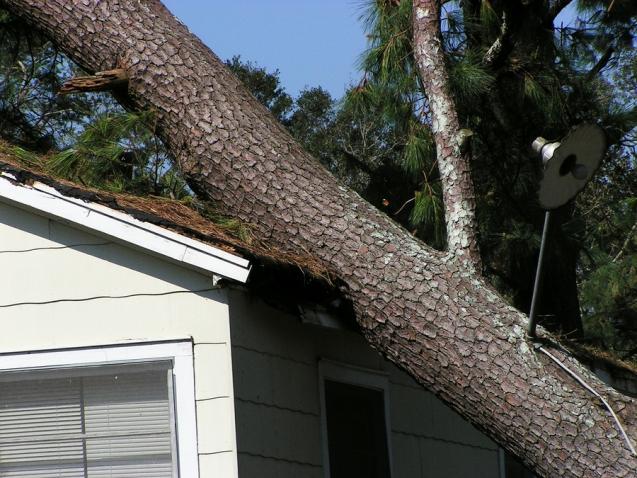
Essential Seasonal Tree Care Tips Every Australian Homeowner Should Know
Spring Tree Care Tips
Spring is the season of renewal, making it the perfect time to assess any damage incurred during the winter months. Start by thoroughly inspecting your trees for broken or damaged branches and consider necessary repairs. Winter can leave trees vulnerable, and addressing these issues early sets a solid foundation for growth.
Fertilising in spring provides trees with the essential nutrients needed for robust development. Opt for a balanced, slow-release fertiliser that can nourish the soil and promote healthy growth throughout the season. Proper pruning is also vital during this period. Prune any dead or diseased branches to encourage new growth and improve the overall structure of the tree.
In spring, new growth is particularly susceptible to pests and diseases. Implement protective measures, such as organic pest control techniques or barrier methods, to safeguard young shoots. Regular monitoring can help you spot early signs of infestation and take timely action.
Summer Tree Care Strategies
Australian summers can be intensely hot and dry, posing significant challenges for tree care. Managing water needs is critical during this period. Deep watering ensures that moisture reaches the roots, promoting durable and resilient growth. A drip irrigation system can be an efficient method to keep the soil consistently moist without wasting water.
Mulching is an effective strategy to retain soil moisture and regulate temperature. Apply a thick layer of organic mulch around the base of your trees, but avoid direct contact with the trunk to prevent rot. Mulch not only conserves water but also suppresses weed growth and enhances soil fertility.
Summer is also a time when pests and diseases can become particularly troublesome. Regularly inspect your trees for any signs of infestation and take immediate action to control pests. Additionally, pruning during summer can improve air circulation and prevent overcrowding, maintaining the tree's shape and overall health.
Autumn Tree Care Guidelines
As summer transitions into autumn, it's essential to begin preparing your trees for the colder months ahead. Conduct a thorough health inspection to identify any issues that need addressing before winter sets in. Look for signs of stress, disease, or structural weaknesses.
Applying compost and organic matter to the soil can enhance nutrient levels, preparing the trees for a healthy dormancy period. Compost improves soil structure, promoting better root development and overall tree health.
Autumn is synonymous with falling leaves, which can lead to fungal issues if not managed properly. Regularly rake up fallen leaves and consider composting them to create nutrient-rich soil amendments. Keep an eye out for fungal infections and treat them promptly to prevent spread and further damage.
Winter Tree Care Practices
Winter tree care involves proactive steps to safeguard your trees from harsh weather conditions. Pruning during winter is highly beneficial as it allows you to remove dead or weak branches that could potentially cause damage during storms or heavy snowfall. With no foliage, identifying problematic branches becomes easier.
Protecting young or sensitive trees from frost and cold winds is crucial. Use physical barriers like frost cloths or wraps to shield them from extreme temperatures. Winter is also an ideal time to plan for potential storm damage. Evaluate the stability of larger trees and consider cabling or bracing vulnerable branches to prevent breakage.
Despite cooler weather, it's important to monitor your trees' water needs. Winters can be surprisingly dry in some regions, and supplemental watering might be necessary, especially for younger trees.
Year-Round Tree Care Maintenance
Consistent, year-round maintenance is vital to keep your trees healthy. Regular inspections help detect early signs of problems, allowing you to address them before they escalate. Pay close attention to changes in leaves, bark, and overall tree structure.
Soil testing is an excellent practice to ensure optimal growing conditions. Amendments such as compost, lime, or organic fertilisers can be added based on the specific needs of your soil and tree species. Implementing an integrated pest management plan can effectively control pests while minimising harm to beneficial insects and the environment.
For complex issues beyond basic care, consulting professional arborists is advisable. Their expertise can provide tailored solutions to specific problems, ensuring the best possible outcomes for your trees.
Conclusion
Adopting a proactive approach to seasonal tree care reaps significant rewards. Not only does it enhance the beauty and value of your property, but it also contributes to a healthier environment. Investing time and effort in tree maintenance prevents potential damage and ensures that trees remain vibrant and robust throughout the stages of a tree's life. Trees offer various benefits with proper care, from providing shade and improving air quality to supporting local wildlife. Consistent tree care is an investment in a greener, more resilient future.



